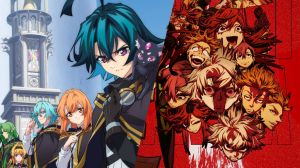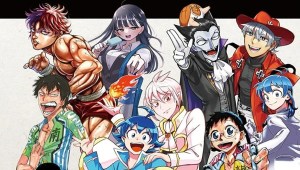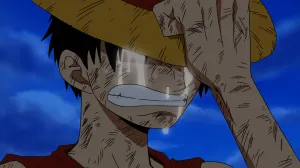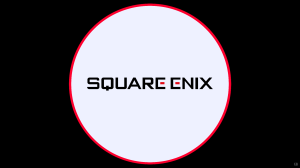Over the course of Geoff Johns’s run on Green Lantern, the writer has very effectively taken little bits and pieces left behind by other writers and crafted a broad mythology out of it, turning throwaway pieces of Alan Moore’s short time with the character into a best-selling mega-crossover and resurrecting the Corps in a way that both plays fast and loose with old continuity while using enough of it to convince the long-time readers that Johns was “one of us.”What’s interesting is that a number of the recent stories–and some of what we’re seeing in the near future–seems to draw on elements from a story that’s well-known among hardcore Green Lantern fans…but which never actually saw print.Twenty years or so ago, it was decided that Green Lantern needed a new lead character; readers simply weren’t connecting with Hal Jordan the way they had in the past and his reinvention two years prior hadn’t jump-started his popularity like the post-Crisis on Infinite Earths reinventions of Superman and Wonder Woman had for those characters.Gerard Jones, then-writer of the series, was tasked with refreshing Hal’s status quo in a story that would be called “Emerald Twilight,” in keeping with the then-current naming convention (Emerald Dawn I and II were Hal’s revised origin stories for the post-Crisis era). He at one point uploaded some scripts to the Internet but DC took them down. A pitch document, apparently still technically Jones’s property, remains online.Here’s where you start to get some things that have happened in the recent past. A new group of Guardians show up, effectively dividing the ancient race and the Green Lanterns that line up behind them. A Green Lantern ring is given to Sinestro, along with a position of power and respect within the Corps.When Hal is pitted against the Corps, another familiar beat occurs: his ring is destroyed as he’s drawn in a mano a mano with Sinestro with the universe at stake and a well-known DC Universe world is destroyed along the way.Hal is inspired by communing with his father and reconnecting with his past–something that we see in Green Lantern #20, as well.And while Emerald Twilight (as it did under Ron Marz, who eventually wrote the story as published) ended with Hal Jordan leaving the Corps, his separation from the Guardians is something that holds true, too. While they happened in very different ways, the Guardians-free status quos of either era were really precipitated by the same thing: the hubris of the Guardians put not only individuals close to the Corps, but arguably the whole universe, in danger in service of their particular iteration of what was best for all, and one of those directly affected had to take action to break off the relationship.









